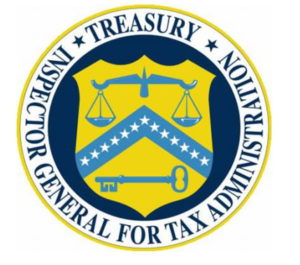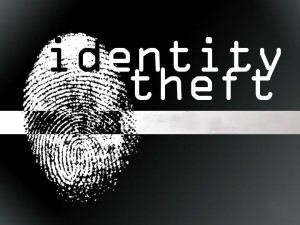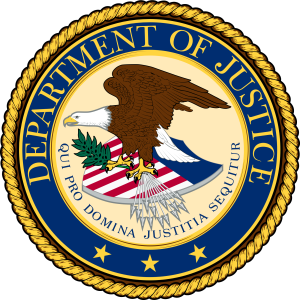TIGTA: Billions of Dollars in Identity-Theft-Related Tax Refund Fraud Go Undetected
Thursday, February 28th, 2013 @ 6:51PM
A report from the Treasury Inspector General for Tax Administration – July 19, 2012
WASHINGTON — The impact of identity theft on tax administration is significantly greater than the amount the Internal Revenue Service (IRS) detects and prevents, according to a new audit report released publicly today by the Treasury Inspector General for Tax Administration (TIGTA).
The IRS reported that it detected 938,664 tax returns totaling $6.5 billion in fraud for Processing Year 2011. Using the characteristics of confirmed identity theft, TIGTA identified approximately 1.5 million additional undetected tax returns with potentially fraudulent tax refunds totaling in excess of $5.2 billion. TIGTA estimates that the IRS could issue $21 billion in fraudulent tax refunds over the next five years.
J. Russell George, the Treasury Inspector General for Tax Administration, noted that the IRS has expanded its efforts to detect and prevent identity theft. Still, “We found multiple reasons for the IRS’s inability to detect billions of dollars in fraud,” he said. “As identity theft is the most frequent consumer complaint, and at a time when every dollar counts, these results are extremely troubling,” George continued. “Undetected tax refund fraud results in significant unintended Federal outlays and has the potential to erode taxpayer confidence in our Nation’s system of tax administration.”
TIGTA initiated its audit at the request of the Chairman of the Senate Finance Committee’s Subcommittee on Fiscal Responsibility and Economic Growth. The overall objective of the review was to evaluate the effectiveness of the IRS’s efforts to identify and prevent fraudulent tax refunds resulting from identity theft.
The reasons TIGTA found that the IRS did not detect billions of dollars’ worth of identity-theft-related tax refund fraud include:
- Delayed access to third-party income and withholding information. These delays make it difficult for the IRS to detect fraudulent tax refunds at the time tax returns are processed. Third parties are not required to submit income and withholding documents to the IRS until March 31, yet taxpayers can begin filing tax returns in mid-January.
- The IRS has not developed processes to obtain and use the third-party information that is available at the time tax returns are filed.
- The use of direct deposits, including debit cards, to claim fraudulent tax refunds increases the risk that the IRS will not detect identity theft. The IRS continues to allow multiple direct deposits to the same bank account.
TIGTA made seven recommendations to the IRS Commissioner, Wage and Investment Division, to develop or improve processes that will increase the IRS’s ability to detect and prevent the issuance of fraudulent tax refunds resulting from identity theft. In addition, TIGTA recommended that the IRS seek legislation to expand its access and authority to use the National Directory of New Hires database for the purposes of identifying identity theft.
IRS management agreed with TIGTA’s recommendations and has taken or plans to take corrective actions. However, in view of its ongoing efforts to improve the detection of identity theft, the IRS did not agree with TIGTA’s estimate of $21 billion in potentially fraudulent refunds as a result of identity theft over the next five years. TIGTA agrees that the IRS’s ongoing efforts will help reduce fraudulent refunds. As such, TIGTA’s estimate of $21 billion includes an annual reduction factor to reflect the dollar amount that the IRS estimated it protected by implementing new filters. Without the reduction factor, TIGTA’s estimate would exceed $26 billion.
Posted by Robert Strait
Categories: Government report












